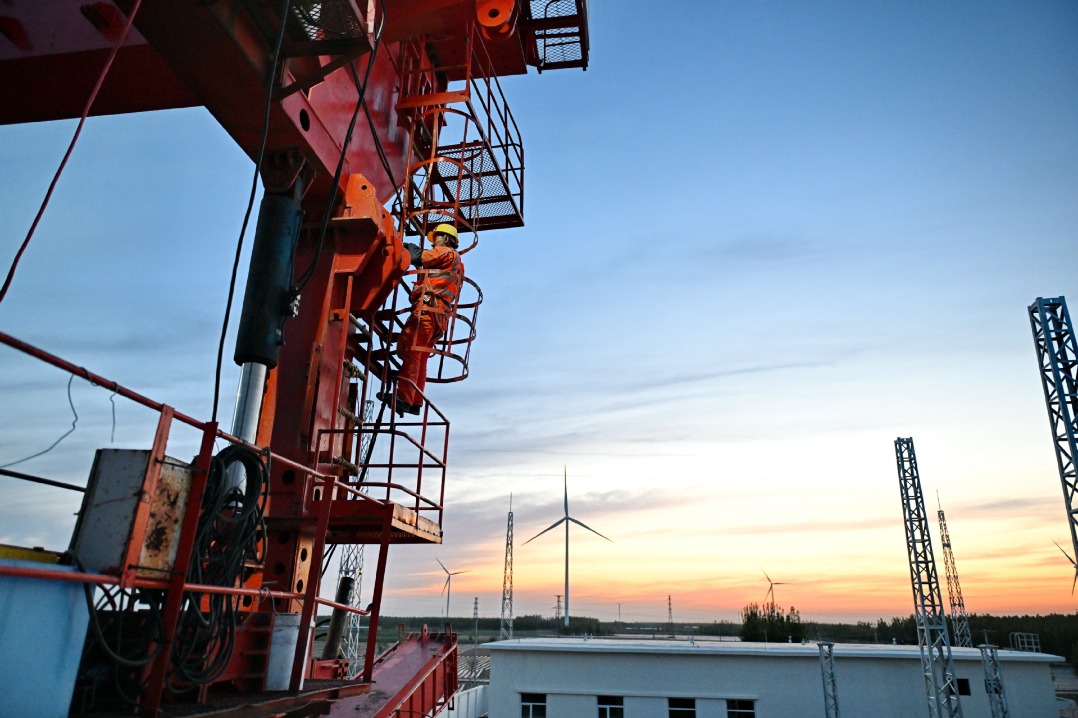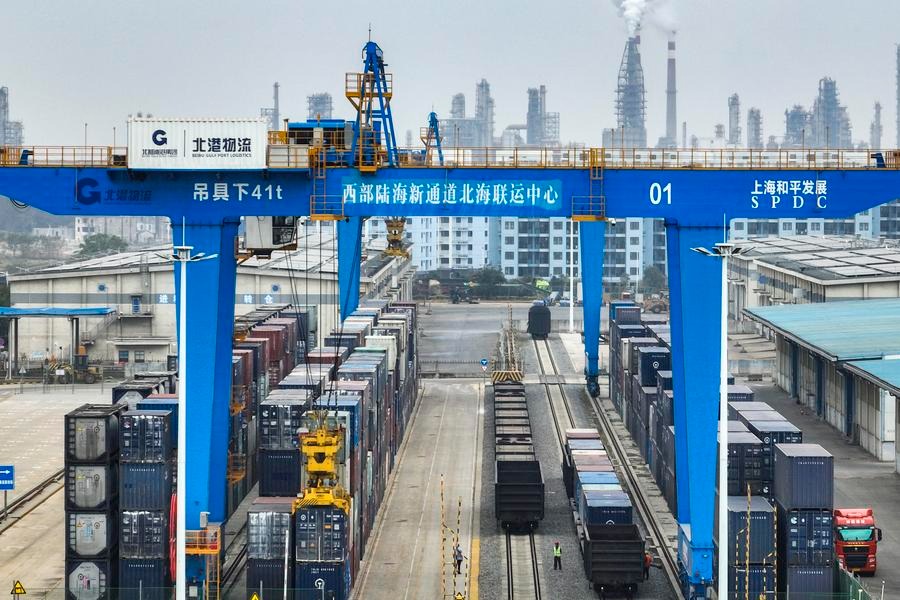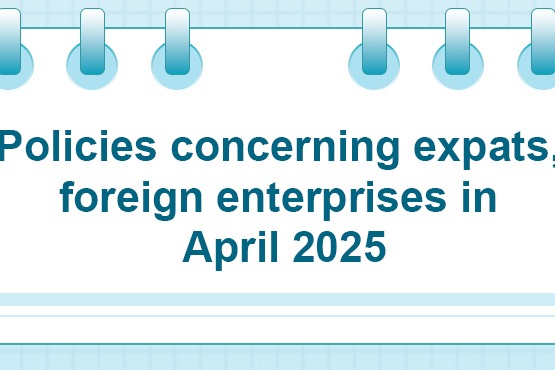Harnessing physical space to spur exports


China's foreign trade value rose 8.6 percent year-on-year to 38.34 trillion yuan during the January-November period last year, GAC data showed.
Overseas group tours have helped Chinese exporters stabilize their advantageous trade channels, said Cui Fan, a professor of international trade at the University of International Business and Economics in Beijing.
This has been borne out by Hunan province, the host venue for the China-Africa Economic and Trade Expo. It sent business delegations to Mozambique, Tanzania and Madagascar in recent weeks. Similarly, Northeast China's Jilin province organized local entrepreneurs to visit the Republic of Korea to boost exports and promote big-ticket projects with South Korean companies such as LG Chem Ltd, SK Group and Samsung C&T Corp.
"These moves encapsulate the tenacity and swift response of millions of manufacturers in China. After all, not all export deals can be sealed via cross-border e-commerce channels," said Sun Jianjiang, director of Suzhou Bureau of Commerce.
Apart from traveling to developed countries such as Japan, the US, Germany and France to retain existing clients, many business owners have been actively exploring emerging markets, especially signatory countries of the Regional Comprehensive Economic Partnership agreement, he said.
In the face of declining demand for goods and inflationary pressure in many countries, it is practical for domestic companies to expand their market presence in other RCEP economies, said Zhou Mi, a researcher at the Chinese Academy of International Trade and Economic Cooperation in Beijing.
He said domestic firms are likely to reap huge benefits in the years ahead as the RCEP agreement, which came into force on Jan 1 last year, delivers increasingly prominent dividends to member economies through tariff concessions and trade facilitation.
Made-in-China.com, a platform for Chinese foreign trade enterprises, recently organized a direct purchase event in Malaysia, bringing together Chinese manufacturers and exporters on the one hand and local buyers in Malaysia on the other. This was its third such event since October, including a similar one held in Indonesia.
Wei Yulu, chief representative for Malaysia at Sinopec Lubricant Co Ltd, a subsidiary of State-owned China Petroleum and Chemical Corp, attended the Malaysia event. He said that apart from introducing the company's products and services, participation in commercial events abroad can help Sinopec Lubricant to gain more first-hand market information and better understand the preferences of various clients this year.
Moreover, with China entering a new era of green and innovation-led growth, Chinese manufacturers from many industries have begun to export more high-end products ranging from electric buses to liquefied natural gas carriers and regional passenger jets to global markets.
"Many countries still rely more on non-rail public carriers to transport people. So, the annual growth of exports of such carriers like buses has basically been maintained at around 50 percent over the past several years," said Zhang Hui, vice-president of overseas sales branch at Higer Bus Co Ltd, a bus and truck manufacturer based in Suzhou, Jiangsu province. The company supplied 1,815 buses to Qatar for the 2022 FIFA World Cup in 2021.
While Europe has become a saturated market, fast-growing markets such as India, member economies of the Association of Southeast Asian Nations and Latin American countries offer a contrast," he said.
Bus manufacturers in Suzhou saw their export value jump 292 percent year-on-year to $321 million in 2021. They exported 1,726 buses to Israel, Pakistan and the Republic of Korea among others in the first 10 months of last year, data from local Customs showed.
In addition to private companies, State-owned companies, including China Harbour Engineering Co Ltd and China National Machinery Industry Corp, have sent their executives to countries such as Malaysia, Serbia and Indonesia to secure both new business orders and fresh contracts.
As Chinese exporters' robust forays into foreign markets gained momentum, the tone-setting Central Economic Work Conference in mid-December called for accelerating the building of a modern industrial system, achieving breakthroughs in core technologies in key fields and improving the global competitiveness of China's traditional industries.
The meeting vowed that China will actively seek to join high-standard economic and trade agreements such as the Comprehensive and Progressive Agreement for Trans-Pacific Partnership and the Digital Economy Partnership Agreement.
China's recent moves to optimize its COVID-19 control policies have also raised market expectations of an economic rebound. Many domestic manufacturers and service providers think this development is welcome as it creates more space for them to further compete with other established rivals in the world, said Gao Lingyun, a researcher at the Institute of World Economics and Politics, which is part of the Chinese Academy of Social Sciences in Beijing.
The GAC announced in mid-December that it will boost exports of competitive products, support companies to secure orders and expand markets, and realize the full potential of exports to support the economy.
"Bolstered by opening-up measures, China's advantages like market stability and highly efficient production will ensure the country's success in the future industrial chain and in global markets," said Yi Xiaozhun, former deputy director-general of the World Trade Organization.




































